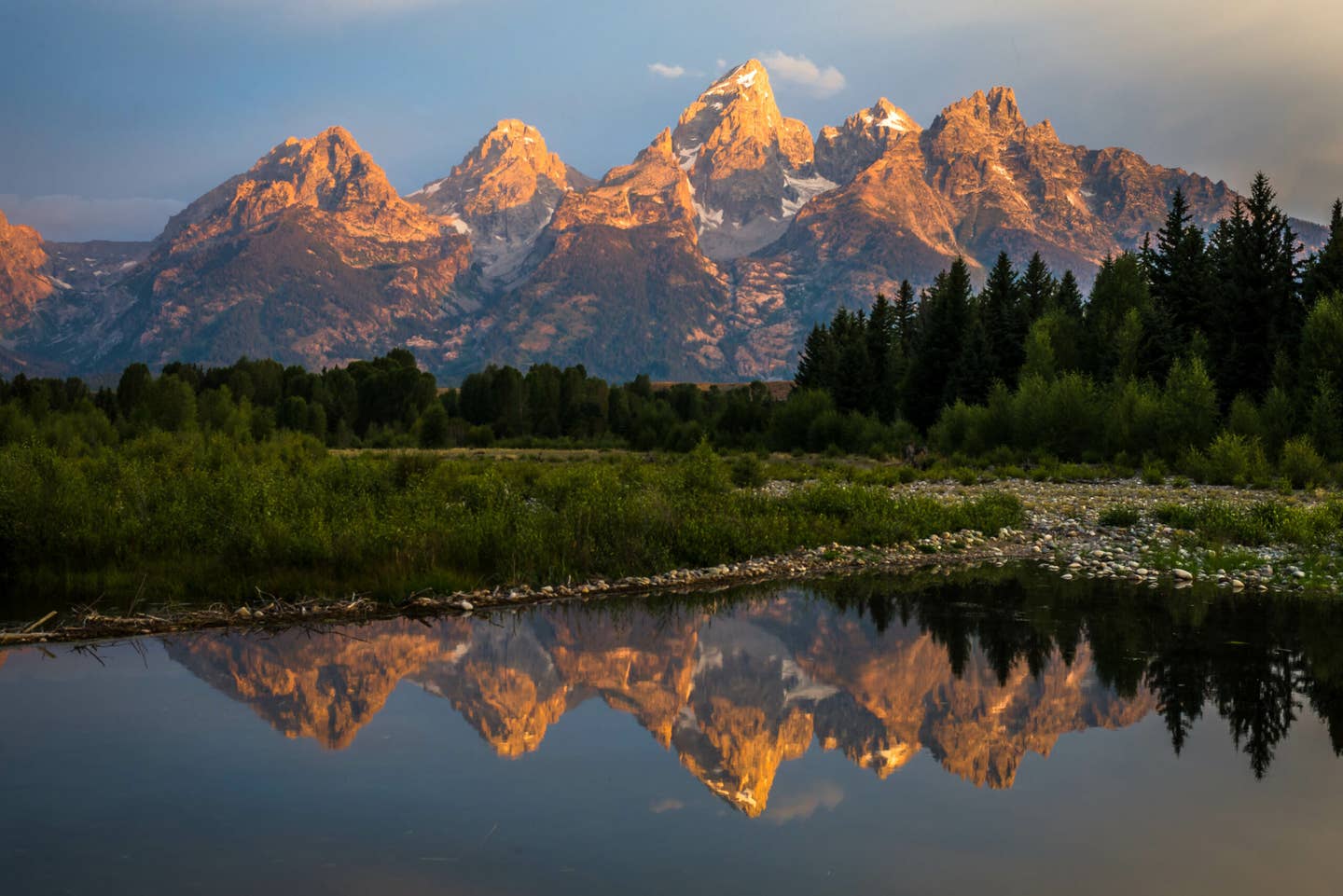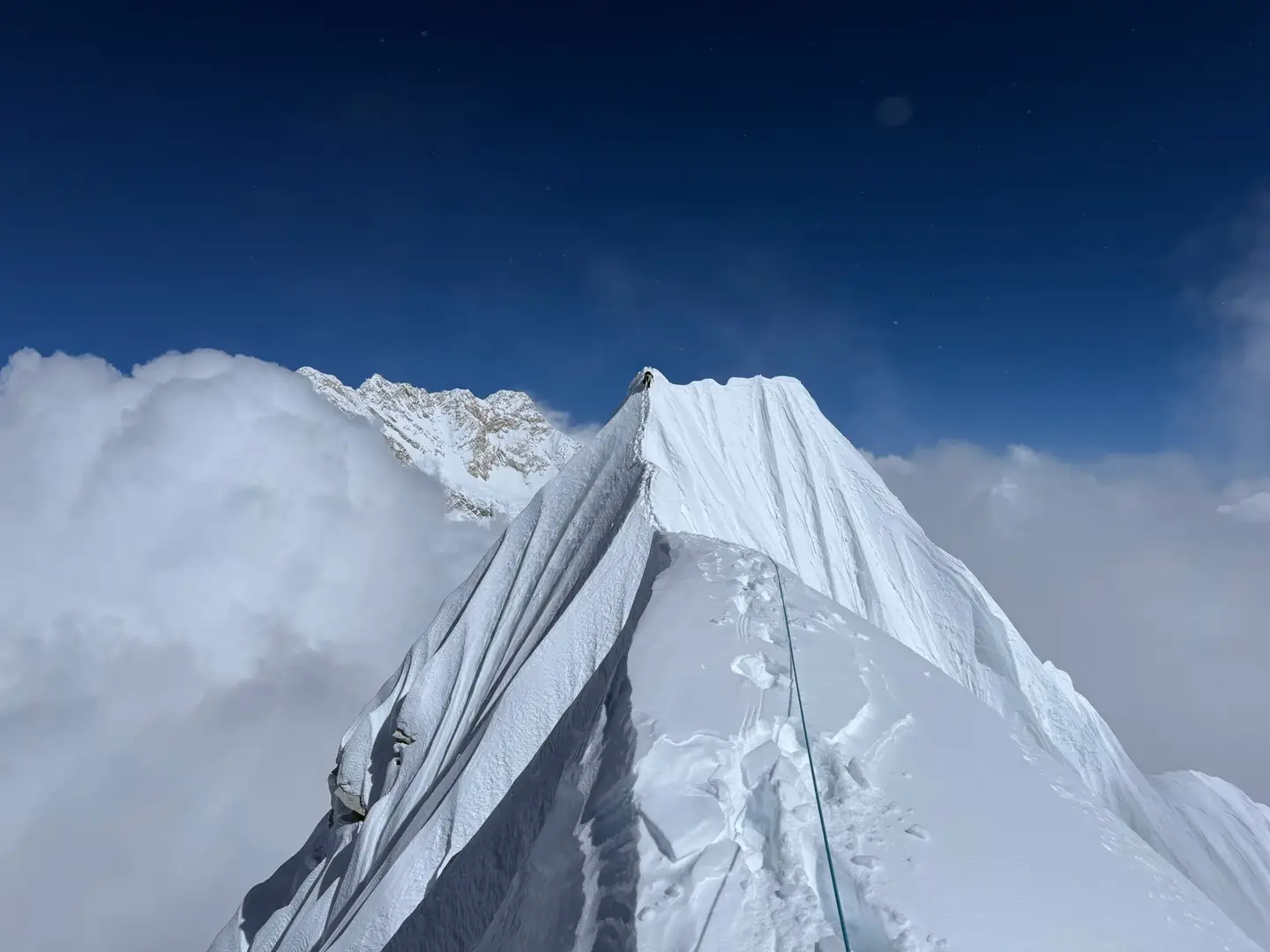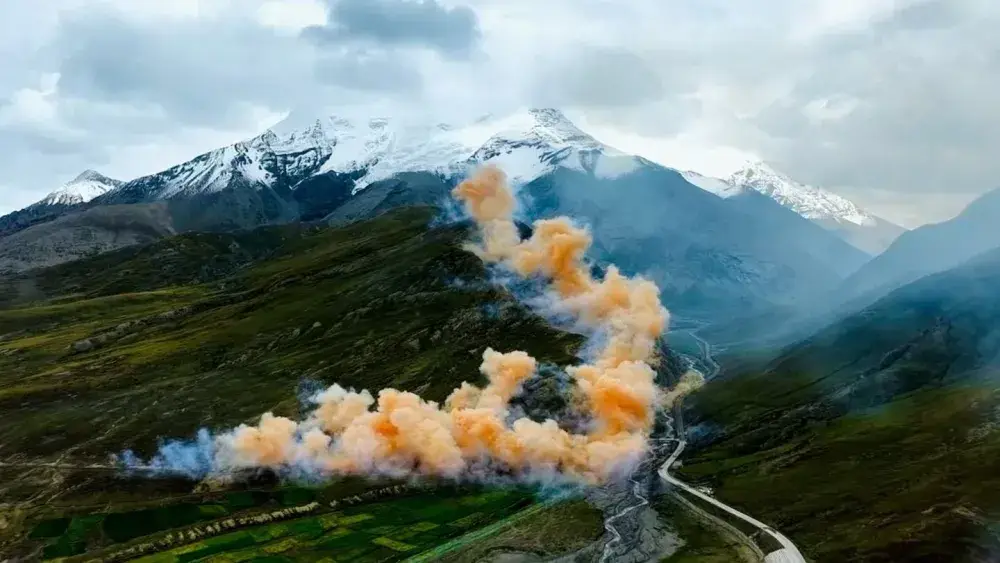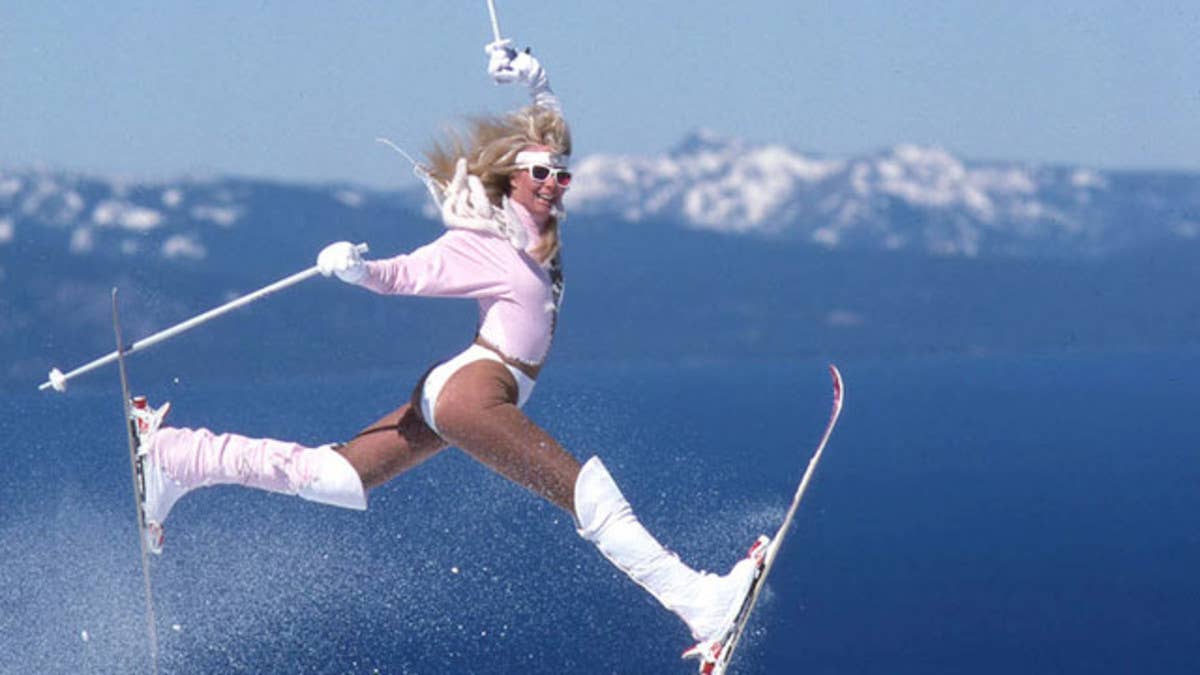

The Rise and Fall of Ski Ballet, and Why Winter Park is Bringing Back the Sport
Popular Stories
The history of action sports is full of disciplines that rose fast, burned bright, and then faded into the archives. Few, however, are as gloriously absurd and athletic as ski ballet. This unique form of freestyle skiing combined the precise footwork of ballet with flips, jumps, and spins—all choreographed to music on a smooth slope. It was part sport, part theatrical performance, and entirely mesmerizing.
But like all good things, it eventually disappeared from the competitive circuit. Now, decades later, a new generation is finding inspiration in the vintage flair, leading to events like the recent amateur competition at Winter Park Resort on November 15th.
A Revolt Against Tradition
Ski ballet’s origins are rooted in the rebellious spirit of the 1960s counterculture. Young skiers were tired of rigid European techniques and wanted to express themselves artistically on the mountain. This led to the birth of freestyle skiing, which encompassed three disciplines: moguls, aerials, and, of course, ballet.
Early competitors embraced the challenge of incorporating dance-like moves with the complexities of snow and gravity. The movement quickly gained momentum, and by the 1970s, it was an established part of the professional freestyle circuit. Routines typically lasted for 90 seconds, requiring incredible core strength, control, and, often, a great costume. Indeed, it’s not just about the tricks; the flair and theatricality were a huge part of the scoring.
The Heyday and the Olympic Dream
The peak of ski ballet’s popularity was in the 1970s and 1980s. Athletes like Suzy Chaffee, famously nicknamed “Suzy Chapstick,” became the face of the sport, bringing it into the public eye. Another trailblazer, Genia Fuller, caught attention in 1974 by winning all four freestyle categories (moguls, aerials, ballet, and combined).
For a short period, ski ballet achieved a global stage. The discipline was featured as a demonstration sport at the 1988 and 1992 Winter Olympics. This was an important moment, as it legitimized the sport on an international level, even being rebranded as “Acroski” in the 1990s to appear more competitive. However, a major setback was the International Olympic Committee’s decision not to elevate it to a full-medal sport.
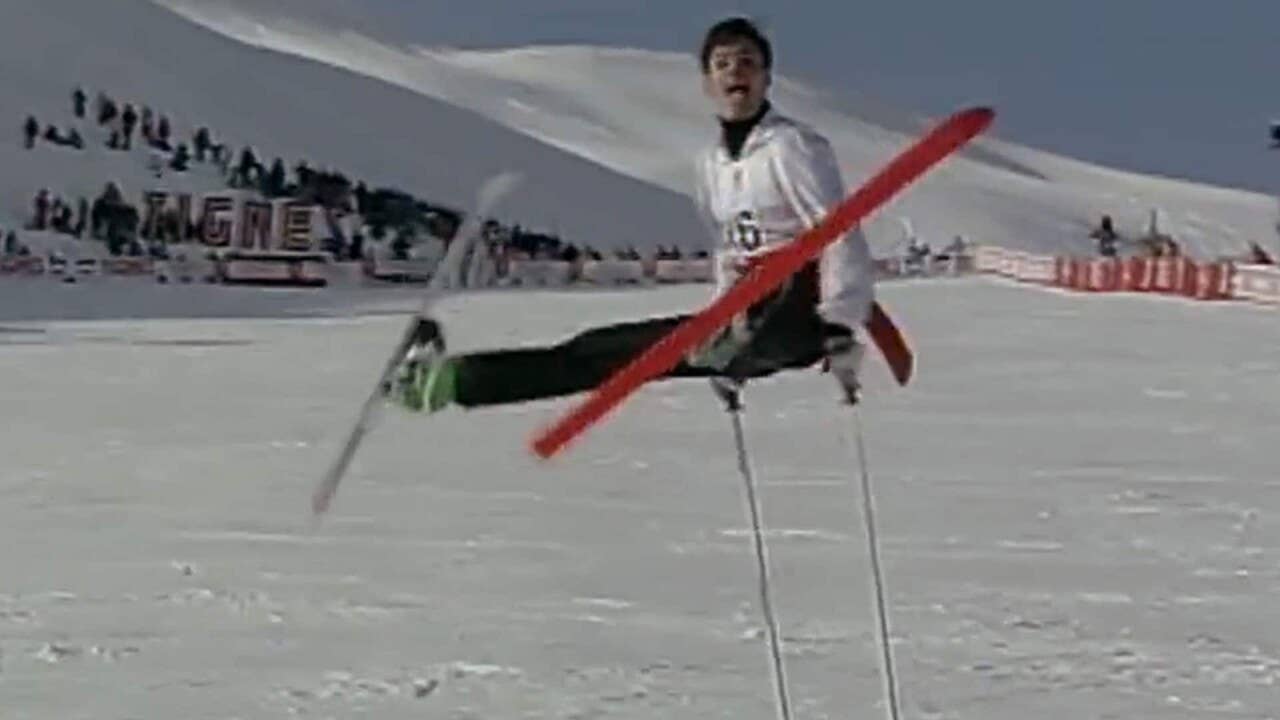
Sign Up for the TGR Gravity Check Newsletter Now
The Fade-Out and Modern Inspiration
Following the 1992 Olympics, ski ballet began to fade out of the mainstream. The rise of snowboarding and new-school skiing—focused more on park, pipe, and big air—shifted the attention of younger skiers. By 2000, the International Ski Federation (FIS) had ceased all formal competitions. The culture shifted towards gravity-defying feats, which left the haute moves of ski ballet on the sidelines.
Winter Park’s Encore Performance
Recently, there’s been a notable resurgence of vintage ski culture, and it’s no surprise that ski ballet is being rediscovered. Taking this old-school stoke to the next level, Winter Park Resort, Colorado, is actively celebrating the forgotten art form. On November 15th, they hosted an Amateur Ski Ballet competition. Participants were invited to channel their creative expression, donning costumes and competing for cash prizes and bragging rights. Judging focuses on essentials like Style & Flow, Creativity & Originality, and crucially, Retro/Costume Spirit. This lighthearted event on the mountain is exactly the kind of fun, creative energy that fueled the sport’s original rise.
While ski ballet may never return to its 80s competitive peak, events like the one at Winter Park prove that the spirit of freestyle—the rebellion, the style, and the pursuit of creative expression—is very much alive on the slopes.
